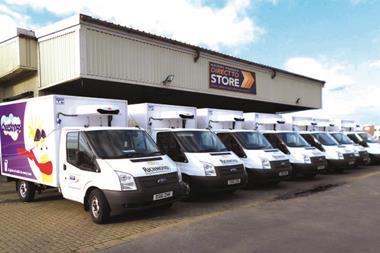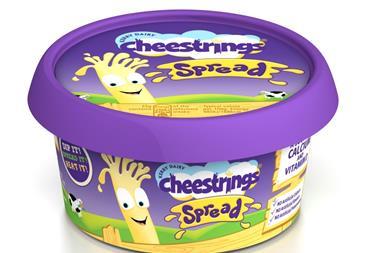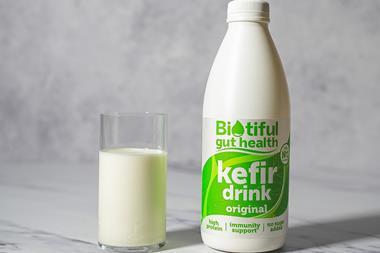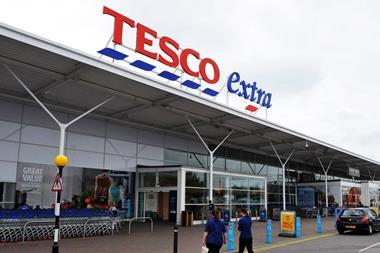Irish food supplier Kerry Group overcame fickle UK shoppers and turmoil in its emerging markets businesses to grow profits in the first six months of 2014.
Pre-tax profits rose 4.8% to €236.1m compared to €225.2m in the first half of 2013 due to categories and brands outperforming the market and the strength of its food technology and ingredients business. Group sales fell by 1.9% to €2.89bn (€2.94bn).
The rise in profits came despite fierce competition in the UK and Ireland and greater fragmentation due to shoppers opting increasingly for convenience stores, the discounters and online ordering.
Sales of its Richmonds brand grew by 4% while Kerry’s frozen meals category also recovered from its 2013 fall following the industry-wide horsemeat scandal. Lower retailer promotional activity in chilled ready meals cut sales in Kerry Foods’ meal categories by 4%..
“Whilst consumers continue to pursue value offerings, Kerry Foods’ priority brands performed well in the UK market and maintained brand positioning in the Irish market,” the group stated.
Kerry said it had already achieved leading retailer listings in Ireland with its Yollies yoghurt lolly range and planned a UK market launch later in the year.
The group said it was also responding to the change in shopping habits with an ongoing restructuring of its direct-to-store services to the independent and convenience retail sectors in the UK and Ireland.
Commenting on the results, analysts at Davy Research wrote: “Against a tough trading and FX backdrop, Kerry has demonstrated good growth in its key metrics.
“Despite relatively weaker economic conditions in some regional developing markets and political instability in some zones, Kerry continues to record solid growth, in particular through nutritional applications in Asia.
“When viewed in the context of softer conditions cited by some competitors and customers, KIF’s improving Q2 volume growth is especially noteworthy. H1 continuing volume growth was +4.2% after a 4% advance in Q1. This demonstrates the power of the operating model.”















![EllasKitchen-March2018_297[3]](https://dmrqkbkq8el9i.cloudfront.net/Pictures/380x253/7/4/9/321749_ellaskitchenmarch2018_2973_844145_crop.jpg)
No comments yet